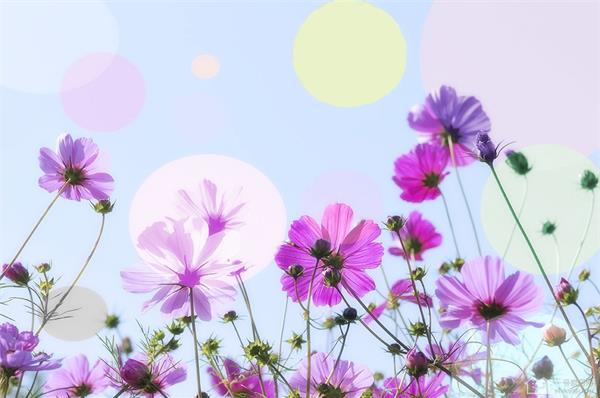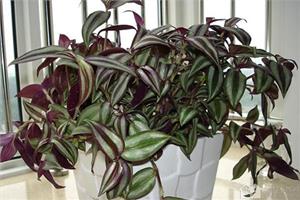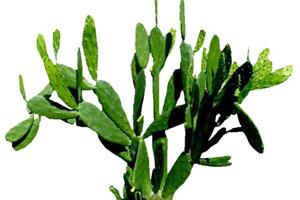Morphological characteristics of Persian chrysanthemum related introduction of Persian chrysanthemum
Persian chrysanthemum is a highly ornamental flower variety, which has been widely concerned by people. Next, let's take a look at the flower language about Persian chrysanthemum. Through the study of Persian chrysanthemum knowledge, we can better apply it to our daily life.

Related legends
The princess of the Persian chrysanthemum, the little daughter of the king of Persian chrysanthemum, the witch said that she was a loner forever. This is the strongest curse in the Persian chrysanthemum kingdom, and no one can break it. So the princess lives alone in the princess castle. Princess Persia spent a long time in the castle, always alone with sunrise and moon set every day. Loneliness always erodes her heart all the time. especially the night, because the night is always long and difficult to get through. she often sits on the swing in the garden at night and cries alone. Finally, after a long time, a knight from afar passed the princess castle and saw the princess alone. It was a magnificent encounter. The knight and the princess fell in love at first sight. The two fell in love. The Ferris wheel of happiness came and the curse of Princess Persia was broken. There is no prince in this story, because the curse of Princess Persia cannot be broken by the prince, and only a brave knight can bring her happiness.
Morphological characteristics of Chrysanthemum morifolium
Rhizome
Persian chrysanthemum is an annual or perennial herb with a height of 1-2 meters. Roots fusiform, fibrous roots, or adventitious roots near stem base. Stems glabrous or slightly pilose.
Leaf
The leaves of Persian chrysanthemum are secondary pinnately parted, lobes linear or filiform linear. Head solitary, 3-6 cm in diameter; peduncle 6-18 cm long. Involucral bracts outer lanceolate or linear-lanceolate, subleathery, light green, with dark purple stripes, the upper end is long and narrow, as long as the inner layer, 10-15 mm long, the inner layer elliptic-ovate, membranous. Stipules spreading, upper end filiform, nearly as long as achene.
Flowers
Persian chrysanthemum is tongue-shaped flowers purplish red, pink or white; tongue elliptic-Obovate, 2-3 cm long, 1.2-1.8 cm wide, with 3-5 obtuse teeth; tubular flowers yellow, 6-8 mm long, tube short, distal Terete, with lanceolate lobes; style with short apical appendages.
The florescence of Persian chrysanthemum is from June to August.
Fruit
The achene of Persian chrysanthemum is black-purple, 8-12 mm long, glabrous, with a long beak at the upper end and 2-3 spikes.
The fruit period of Persian chrysanthemum is from September to October.
Introduction of Persian chrysanthemum
The martyr of the church in North Africa, the flower of Kanti. Since ancient times, Christianity has had the habit of connecting saints with specific flowers, because the church often decorates the altar with blooming flowers when commemorating saints. In medieval Catholic monasteries, all kinds of flowers were planted like gardening centers. Over time, the church put the 366-day saints and different flowers together to form the so-called calendar.
The above is the relevant introduction of this article, I believe you have a simple understanding of this after reading it, if necessary, you can continue to pay attention to the No. 1 home network for more information.
Related
- Wuhan Hospital Iron Tree Blooming Result Was Instantly Frightened by the Gardener Master
- Which variety of camellia is the most fragrant and best? Which one do you like best?
- What is the small blue coat, the breeding methods and matters needing attention of the succulent plant
- Dormancy time and maintenance management of succulent plants during dormancy
- Minas succulent how to raise, Minas succulent plant pictures
- What are the varieties of winter succulent plants
- How to raise succulent plants in twelve rolls? let's take a look at some experience of breeding twelve rolls.
- Attention should be paid to water control for succulent plants during dormant period (winter and summer)
- Watering experience of twelve rolls of succulent plants
- Techniques for fertilizing succulent plants. An article will let you know how to fertilize succulent plants.



